Kraków June 6, 2018
315a Section 2008
PZL Mielec C-145 A Skytruck (M-28)
Poland
History
Transport plane, multi-tasking and highly specialized.
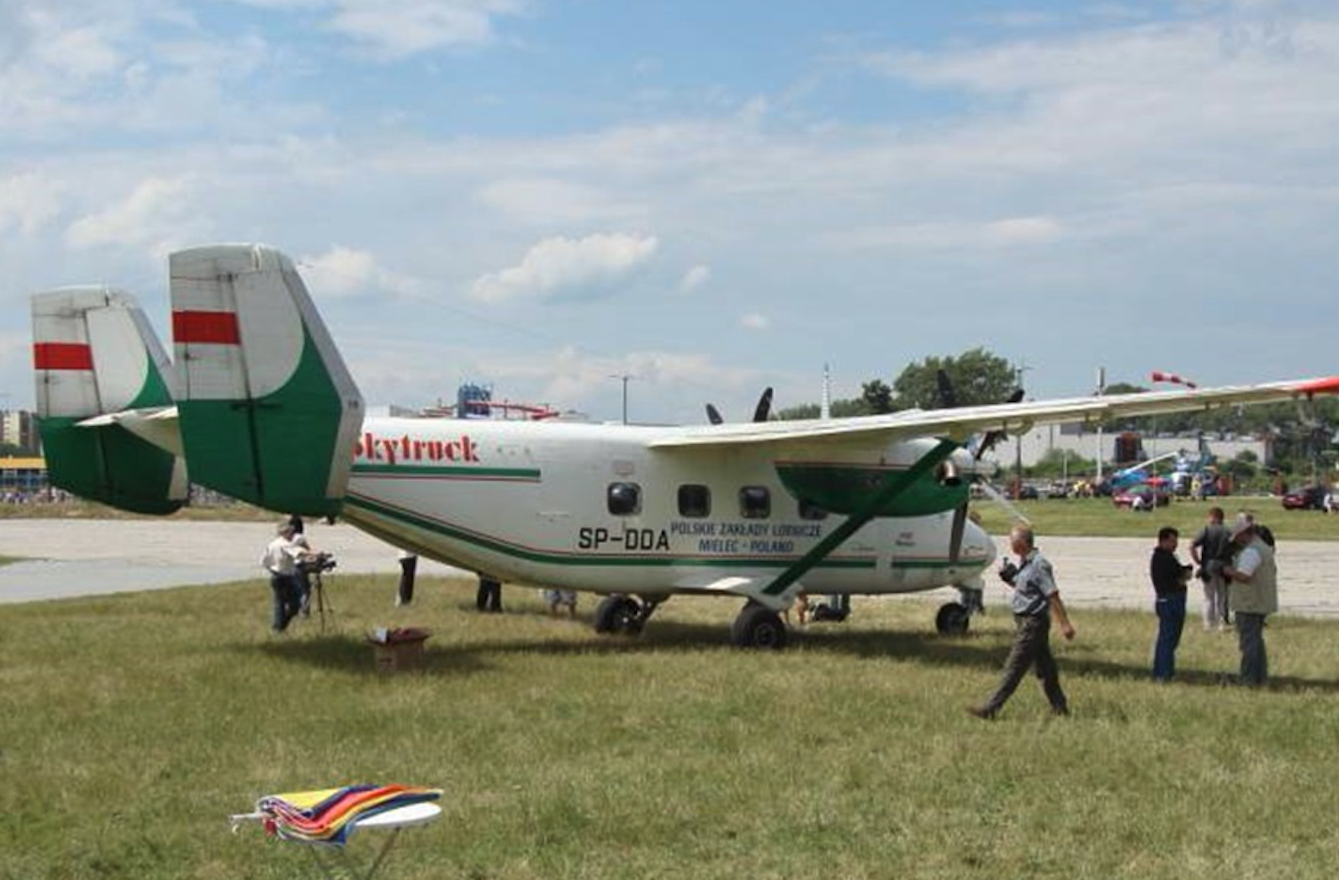
M-28 SP-DDA 2007. Foto Karol Placha Hetman
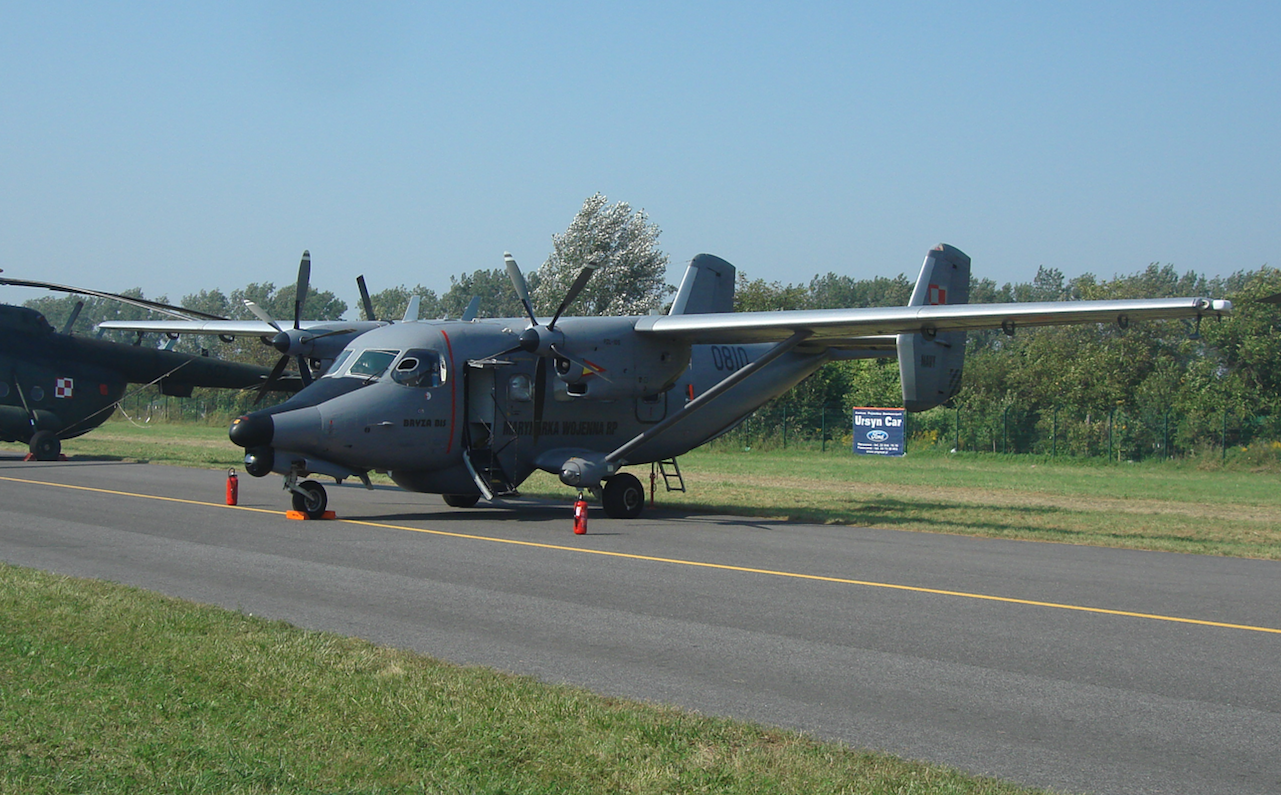
M-28 nb 0810 2011. Foto Karol Placha Hetman
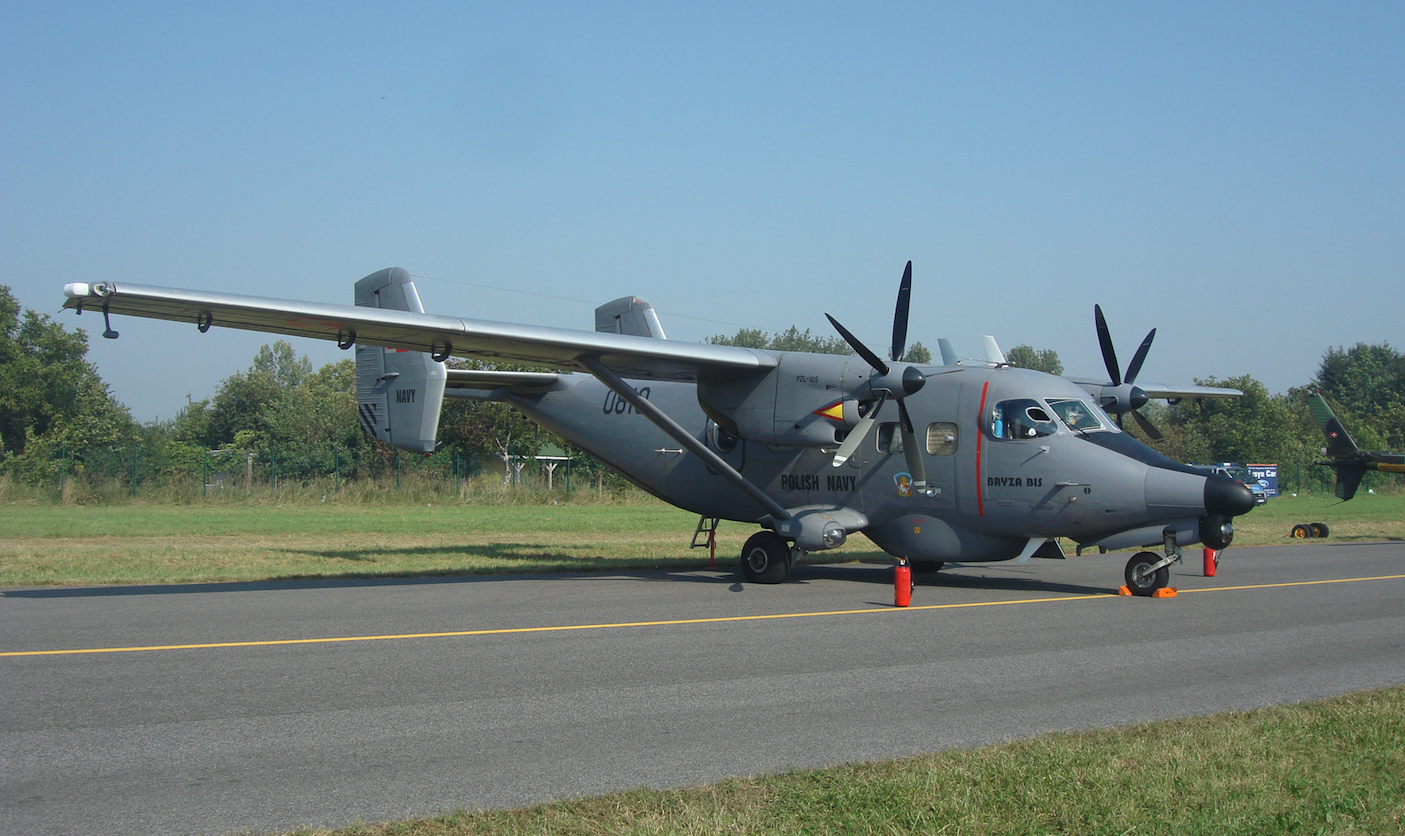
M-28 nb 0810 2011. Foto Karol Placha Hetman
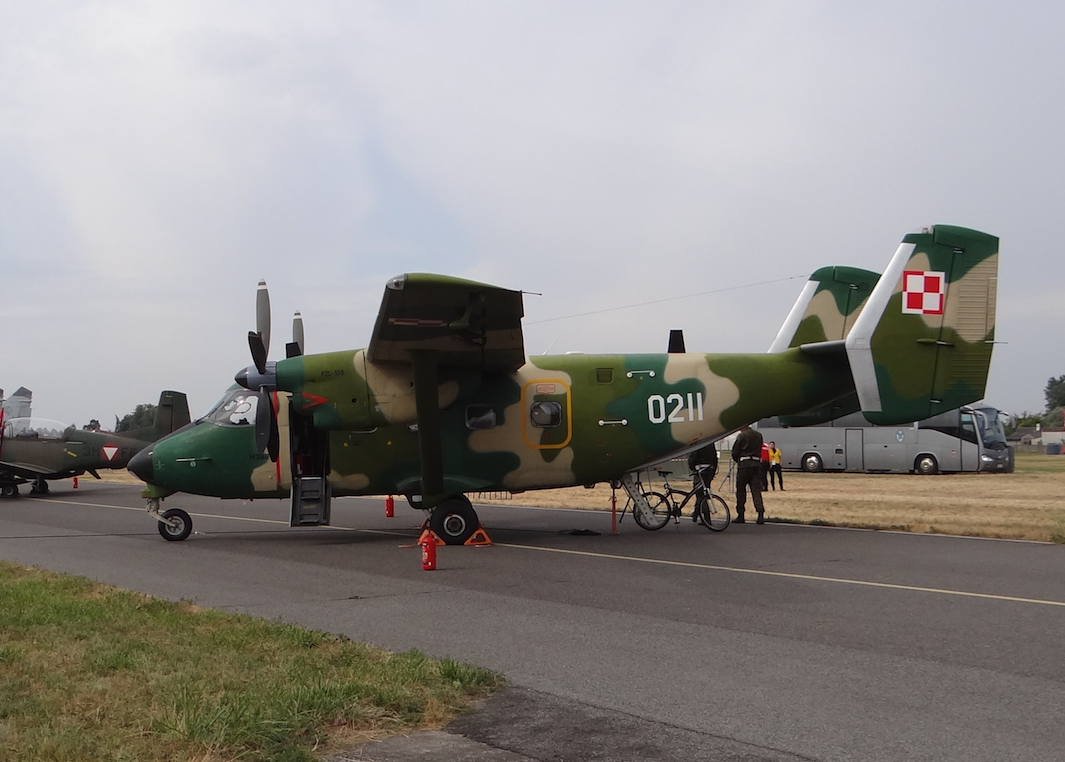
M-28 nb 0211 2015. Foto Karol Placha Hetman
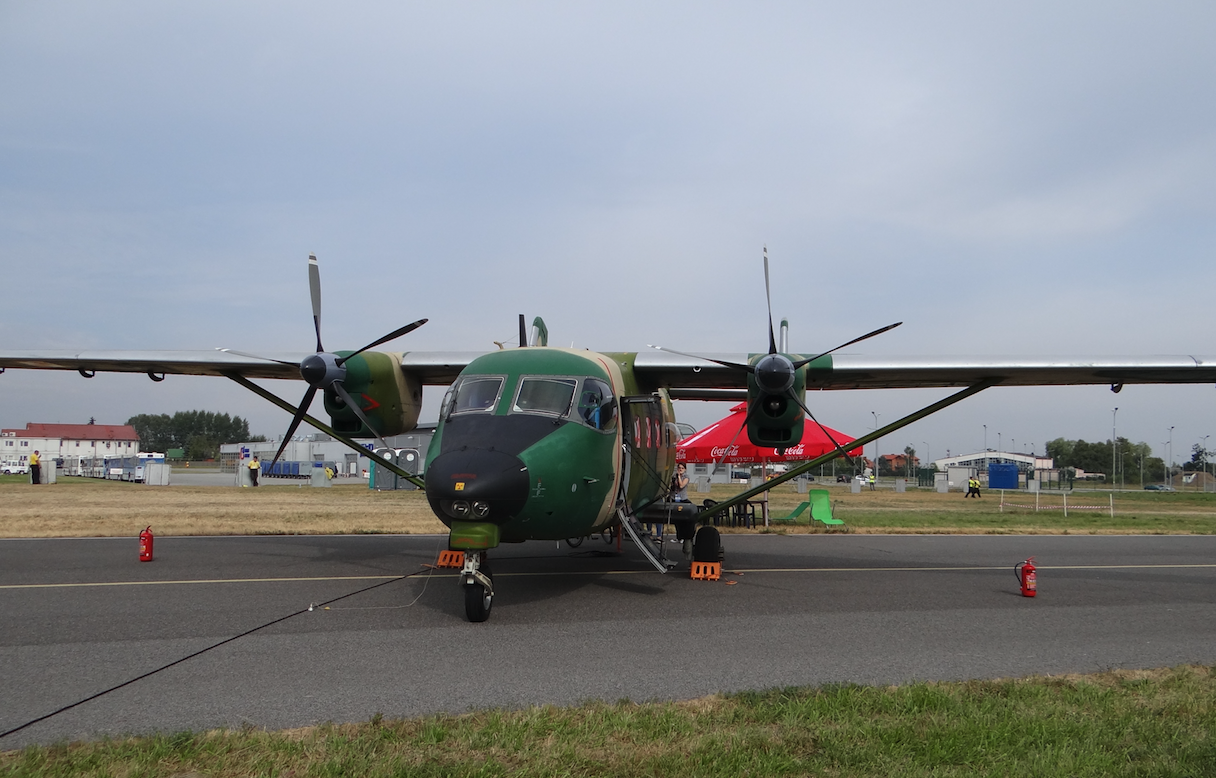
M-28 nb 0211 2015. Foto Karol Placha Hetman
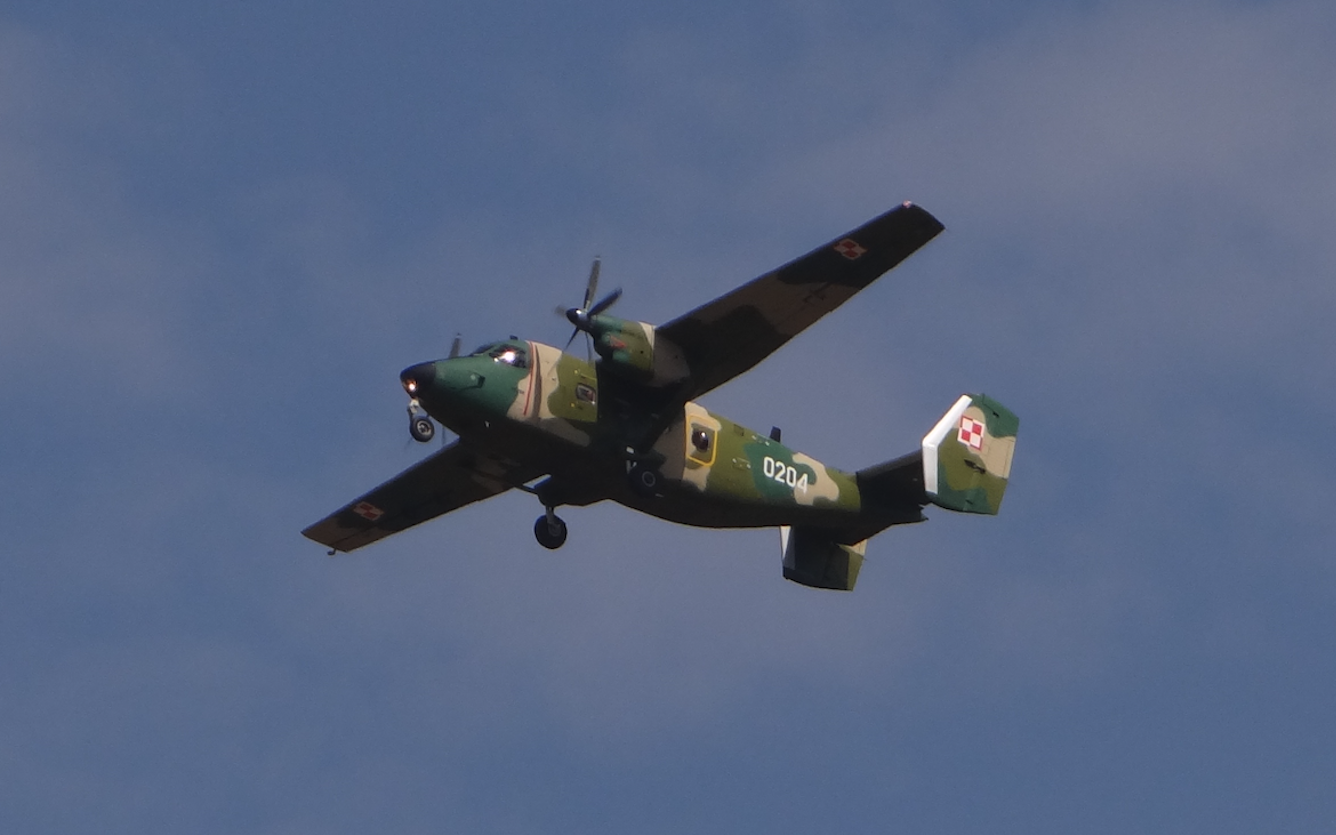
M-28 nb 0204 2017. Foto Karol Placha Hetman
The C-145A Skytruck is a light cargo and troop carrier designed and manufactured for the US Air Force (USAF). The aircraft is primarily used to assist Aviation Foreign Internal Defence (AvFID) missions of the Air Force Special Operations Command (AFSOC).
The C-145As were deployed to support theatre special operations commands in Afghanistan and eastern Africa. The Air Force Special Operations Warfare Center operates up to ten C-145A Skytrucks.
The transport aircraft can be configured to perform precision combat airdrop, combat search-and-rescue, humanitarian assistance, casualty evacuation and disaster relief missions.
History of C-145A Skytruck transport aircraft.
The C-145A Skytruck is a variant of PZL M-28 Skytruck light twin-engine aircraft manufactured by Polskie Zaklady Lotnicze (PZL) Mielec, a Sikorsky company, based in Poland. The PZL M28 Skytruck is a licence-built version of the Antonow An-28 and is in service with the Polish Air Force, Polish Navy, Nepal, Venezuela, Indonesia, Vietnam.
The C-145A Skytruck was initially procured to support the non-standard aviation mission in 2009. First flight in 2009. It was deployed by the AFSOC’s 318th Special Operations Squadron under the 1st Special Operations Wing at Cannon Air Force Base to support AvFID missions in March 2011. It was relocated to the 919th Special Operations Wing at Duke Field in January 2013 and is being operated by the 6th Special Operations Squadron. It replaced MC-130E Combat Talon I aircraft, which was retired in April 2013.
The C-145A’s primary role is to support U.S. Special Operations Command’s Aviation Foreign Internal Defense mission to assess, train, advise and assist foreign aviation forces in airpower employment, sustainment and force integration.
The C-145A Skytruck transport aircraft features all-metal structure and requires less operating costs. It is equipped with high wings and two vertical fins. The aircraft has a fixed chassis and STOL proprietary, short takeoff and landing.
The aircraft has a length of 43 ft, height of 16 ft and wing span of 72.4 ft. It has a maximum take-off weight of 16,534 lb and can carry a maximum cargo of 5,000 lb or up to four litter patients.
The flight deck accommodates a crew of three including two pilots and one loadmaster. The aircraft can carry a total of 19 passengers or 12 combat rigged paratroopers based on the mission requirements. It is capable of performing airland and airdrop of cargo up to a maximum capacity of 2,400 lb. The plane can carry up to four litter patients.
The versatile C-145A Skytruck aircraft is equipped Honeywell BendixKing avionics suite for better control of the aircraft during both day and night. The flight deck is fitted with an autopilot and dual electronic flight instrument system (EFIS). The aircraft incorporates dual communication and radio navigation equipment for flight plans compliant with visual flight rules (VFR) and instrumental flight rules (IFR). The equipment include VHF omni directional radio range (VOR) navigation system, a global positioning system (GPS), instrument landing system (ILS) and an automatic direction finder (ADF). The C-145A also features Enhanced Ground Proximity Warning System (EGPWS) and traffic alert and Collision Avoidance System II (TCAS II).
Propulsion C-145A
The C-145A Skytruck is powered by two PT6A-65B turboprop engines manufactured by Pratt and Whitney. Each engine drives five-blade HC-B5MP-3 constant-speed propellers and produces a power output of 1,100 shp at a rate of 1,700 rpm. The propulsion system enables the aircraft to fly at a maximum cruise speed of 223 kt and to a maximum range of 1,010 nm.
Written by Karol Placha Hetman
Kraków June 6, 2018
315a Section 2008
PZL Mielec C-145 A Skytruck (M-28)
Poland
Construction
Transport plane, multi-tasking and highly specialized.
Construction of PZL M-28
The aircraft is produced in serial PZL Mielec. It is a communication plane for transporting passengers and cargo under extreme climatic conditions. It has STAL properties (short takeoff and landing). A twin-engine, turboprop, high-winged, metal-engineered turboprop.
Classic double-girder wings. Divided technologically into three parts. The center wing and outer parts that are attached. The outline of the central part is rectangular and the outer part is trapezoidal. The construction of the caisson type panel. The caisson is created by girders, ribs and working cover. The caissons, both internal and in the attachments, are integral fuel tanks. The outside parts have a rich mechanization. On the leading edge there are two-sectional gills. On the upper surface, two-section spoilers (Spoilers -Air brakes). At the trailing edge of the flaps and ailerons. The left aileron has a balancing flap. Initially, the shuttlecocks were covered with canvas. This is not the end. Two flaps, left and right and interrupters (slots) were attached to the center wing. All two-slot type flaps. The wingspan is 22.073 m and the largest chord is 1.886 m.
The fuselage of a metal structure consists of a load-bearing cover, stringers, beams and frame. Integral parts of the structure are the frames of the viewports and windows of the crew cabin. In terms of technology, the hull is divided into three parts. A center-wings is attached to the middle part fuselage of the two frames in the upper zone. The lower structure is attached to the bottom part of the fuselage, and to its ends, shaving the main landing gear and the struts wings. The floor of the loading cabin is adapted to increased pressure.
Access to the aircraft is provided by the door located in the left side. The crew and passengers enter through it.
At the end of the fuselage are doors and stairs. Double leaf doors are opened to the outside, and in newer solutions to the inside. The dimensions of the hold: length 5.26 m (17.2 ft), width 1.74 m (5.7 ft), height 1.72 m (5.7 ft). Passenger cabin with 18 + 1 seats. The distance between the seats is 0.72 m (2.36 ft), the passage width is 0.354 m (1.16 ft).
In the rear part of the fuselage, a horizontal tail is attached to the two frames.
The airplane has a twin tail. This arrangement is also known as an H-tail, as it resembles a capital "H" when viewed from rear. This large surface provides excellent controllability at low and high speeds. Horizontal construction is one-piece, double-girder, fixed with four fittings to the frame of the hull. They are equipped with a two-part rudder with balancing flaps. Vertical height doubled with a division into a rudder and ballasts. Structurally single-girder. Each rudder has a balancing flap. Initially, all the rudders were covered with canvas. As a result of many years of exploitation, it was decided to vertical deviate from the plane of the axis of symmetry by about 2 degrees, in order to compensate for the effect of air flow disturbed by working propellers.
The landing gear of the aircraft allows it to be used at small airports and landing sites with grassy, marshy, snowy, gravel or sandy surfaces. The aircraft is equipped with a fixed chassis with a front wheel. All single wheels. Low pressure tires. The shins of the front chassis are attached to two floor beams. The front wheel is hydraulically controlled to the left-right 50 degrees, unbraked. After detachment from the ground, the front wheel automatically sets itself in a neutral position, offering minimal resistance. The tire size is 595 x 320 mm. The shafts of the main landing gear are attached to the residual patches that ensure sufficient spacing. The main landing gear spacing is 3.405 m, and the chassis base is 4.40 m. Tire size 720 x 320 mm. Braking system of the main hydraulic chassis wheels with anti-slip system (ABS). It is possible to brake each wheel separately. The chassis can be supplemented with skis, which allows it to be used on a thick layer of snow.
PT6A-65B engine.
Poland wanted to sell M-28 aircraft to capitalist countries. To make this possible, other engines had to be used. The choice fell on Pratt-Whitney from Canada. Poland has been cooperating with Pratt-Whitney for many years. The engine designated PT6A-65B was selected. The engines have a capacity of 2 x 809 kW (2 x 1 100 HP) and a nominal 2 x 736 kW. For the engines there are dedicated 5-blade HC-B5MP propellers from Hartzell. The first flight with these M-28 engines was made in 1993.
Pratt & Whitney Canada PT6 engines are one of the most popular turboprop engines in the world. PT6 motors have gained recognition thanks to reliability. The repair intervals are 3 600 or 9,000 hours, and the parts of the hot engine are 1 800 - 2,000 hours. The engines have power from 500 hp to 1,600 hp. These engines are also built for helicopters.
Pratt & Whitney Canada began working on turboprop engines in 1956. The need was foreseen to replace piston engines with engines with a much better power to weight ratio. A small budget of $ 100,000 was given to the program. The program was developing very slowly. In 1958, a 450 hp engine project was created. In February 1960, the first prototype was launched. Flight tests began in May 1961. The serial production began in 1963. By 2010, over 40,000 PT6 engines were built.
The PT6 engine uses the main spool technology with an additional so-called free turbine. The air flow through the engine is from the rear of the engine to the front. The engine is built from two main sections, thanks to which the engine can be easily separated and renovated. The air to the engine falls after the 180 degree turn in relation to the direction of flight. Here is a compressor with 3 stages (or depending on the version with 4 stages) axial and one-degree radial. Compressed air goes to the annular combustion chamber where another 180 degree turn occurs. Some of the air falls into the flame insert and the rest is used to cool the cartridge. Once again, the return is 180 degrees. The exhaust gases are closer to the main shaft. Now the gases are sent to a single-stage turbine that drives the compressor. The main spool has a rotational speed of 45,000 rpm. Now, the exhaust gas goes to a free turbine, which is 30,000 rpm and drives the propeller through the shaft and reducer. The free turbine is one-stage or in stronger versions 2-stage. The propeller rotates at speeds from 1,900 rpm to 2,200 rpm. The flue gas escapes through the two side collectors once again changing direction by 180 degrees. The main transmission is of the planetary type in the reducer. Some aircraft powered by PT6 engines have engines facing backwards, which means that the propeller is of the pusher type.
Comparing the PT6 engine with the PZL-10 S engine is more advantageous for the first. The PT6 engine has a much more compact design, which means it has less mass. Despite the smaller compressor, it achieves higher rotational speeds. There is a higher temperature in the combustion chamber. It hasn't long shaft that needs to transfer torque to the rear of the engine.
A version PT6A-65B was installed on the PZL M-28. It was 1993 and two new PZL M-28 planes with SP-DDF and SP-DFB registrations. 5-blade propellers from Hartzell were also installed. Each engine has a power of 1 100 hp.
Avionics PZL C-145A (M-28 Skytruck)
Radio navigation equipment Honeywell / Bendix King
- area navigation system
- GPS satellite receiver
- DME radiodalay
- weather radar
- radiokompas
- AHRS platform
- exchange system No. 2
- IFF transponder
- radio altimeter
- marker receiver
- two radio stations
- two intercoms
- automatic remote control
- flight parameter recorder (black box)
- voice recorder (black box)
General Characteristics C-145A
Builder: PZL Mielec
Wingspan: 72 feet 4 inches
Length: 43 feet
Height: 16 feet 1 inch
Maximum Takeoff Weight: 16,534 lbs.
Max Cruise Speed: 223 knots
Max Range: 1,010 nautical miles
Service Ceiling: 25,000 feet (with supplemental oxygen equipment)
Power Plant: Two Pratt and Whitney PT6A-65B Turboprops
Thrust: Takeoff power 1,100 shaft horsepower
Crew: 3 (2 pilots, 1 loadmaster)
Unit Cost: Approx. $14M per aircraft
Written by Karol Placha Hetman
Kraków June 6, 2018
315a Section 2008
PZL Mielec C-145 A Skytruck (M-28)
Poland
List
Transport plane, multi-tasking and highly specialized.
For USA
M-28-05 C-145 A No. AJE 003-10 registration SP-DGN, N310MV - The first flight on 10 July 2008, sold to the USA. The first of 16 pieces for USAF. In 2012, he retired to a warehouse in the Davis Monthan desert.
M-28-05 C-145 A No. AJE 003-17 registration SP-DGN, N317JG - The first flight on September 5, 2009, sold to the USA. The second of 16 pieces for USAF. In 2012, he retired to a warehouse in the Davis Monthan desert.
M-28-05 C-145 A No. AJE 003-19 registration SP-DGO, N319TW, 08-0319 - First flight on 29 September 2009, sold to the USA. Third of 16 pieces for USAF. Wrecked in Afghanistan on December 18, 2011. there were 7 people on board. Nothing happened to anyone. He made 1,273 flights for the accident in 1 164 hours.
M-28-05 C-145 A No. AJE 003-20 registration SP-DGR, N824KD - The first flight on November 20, 2009, sold to the USA. Fourth of 16 pieces for USAF. In 2015, he retired to a warehouse in the Davis Monthan desert.
M-28-05 C-145 A No. AJE 003-21 registration SP-DGS, N279DH - First flight on February 30, 2010, sold to USA. The fifth of 16 pieces for USAF. In 2015, he retired to a warehouse in the Davis Monthan desert.
M-28-05 C-145 A No. AJE 003-22 registration SP-DGT, N322PW - First flight on September 14, 2010, sold to USA. The sixth of 16 pieces for USAF. In 2015, he retired to a warehouse in the Davis Monthan desert.
M-28-05 C-145 A No. AJE 003-23 registration SP-DGU, N323FG - First flight on December 17, 2010, sold to USA. Seventh of 16 pieces for USAF. In 2015, he retired to a warehouse in the Davis Monthan desert.
M-28-05 C-145 A No. AJE 003-24 registration SP-LEL, N324HA - First flight on December 14, 2010, sold to USA. Eight out of 16 pieces for USAF. In 2015, he retired to a warehouse in the Davis Monthan desert.
M-28-05 C-145 A No. AJE 003-26 registration SP-DGZ, N362DD - First flight in September 2011, sold to USA. The ninth of 16 pieces for USAF. In 2015, he retired to a warehouse in the Davis Monthan desert.
M-28-05 C-145 A No. AJE 003-29 registration SP-DGY, N329JD - First flight in April 2012, sold to USA. The tenth of 16 pieces for USAF. In 2015, he retired to a warehouse in the Davis Monthan desert.
M-28-05 C-145 A No. AJE 003-31 registration SP-DGV, N331MF - First flight in 2012, sold to USA. Eleventh of 16 pieces for USAF.
M-28-05 C-145 A No. AJE 003-35 registration SP-LEL, N335RH - First flight in 2012, sold to USA. Twelfth of 16 pieces for USAF.
M-28-05 C-145 A No. AJE 003-36 registration SP-DGX, N336MJ - First flight on 2012, sold to USA. Thirteenth of 16 pieces for USAF.
M-28-05 C-145 A No. AJE 003-37 registration SP-DGY, N337GU - First flight in April 2013, sold to USA. Fourteenth of 16 pieces for USAF.
M-28-05 C-145 A No. AJE 003-38 registration SP-DGZ, N338GU - First flight in June 2013, sold to USA. Fifteenth of 16 pieces for USAF.
M-28-05 C-145 A Coyote No. AJE 003-41 registration SP-DGR, N341ML - First flight on December 1, 2013, sold to USA. Initially it was supposed to be the sixteenth of 16 pieces for the USAF, but it was handed over to the Arizona State Police.
M-28-05 C-145 A Coyote No. AJE 003-42 registration N342BD - First flight on January 23, 2014, sold to the US, handed over to the Arizona State Police.
Written by Karol Placha Hetman
